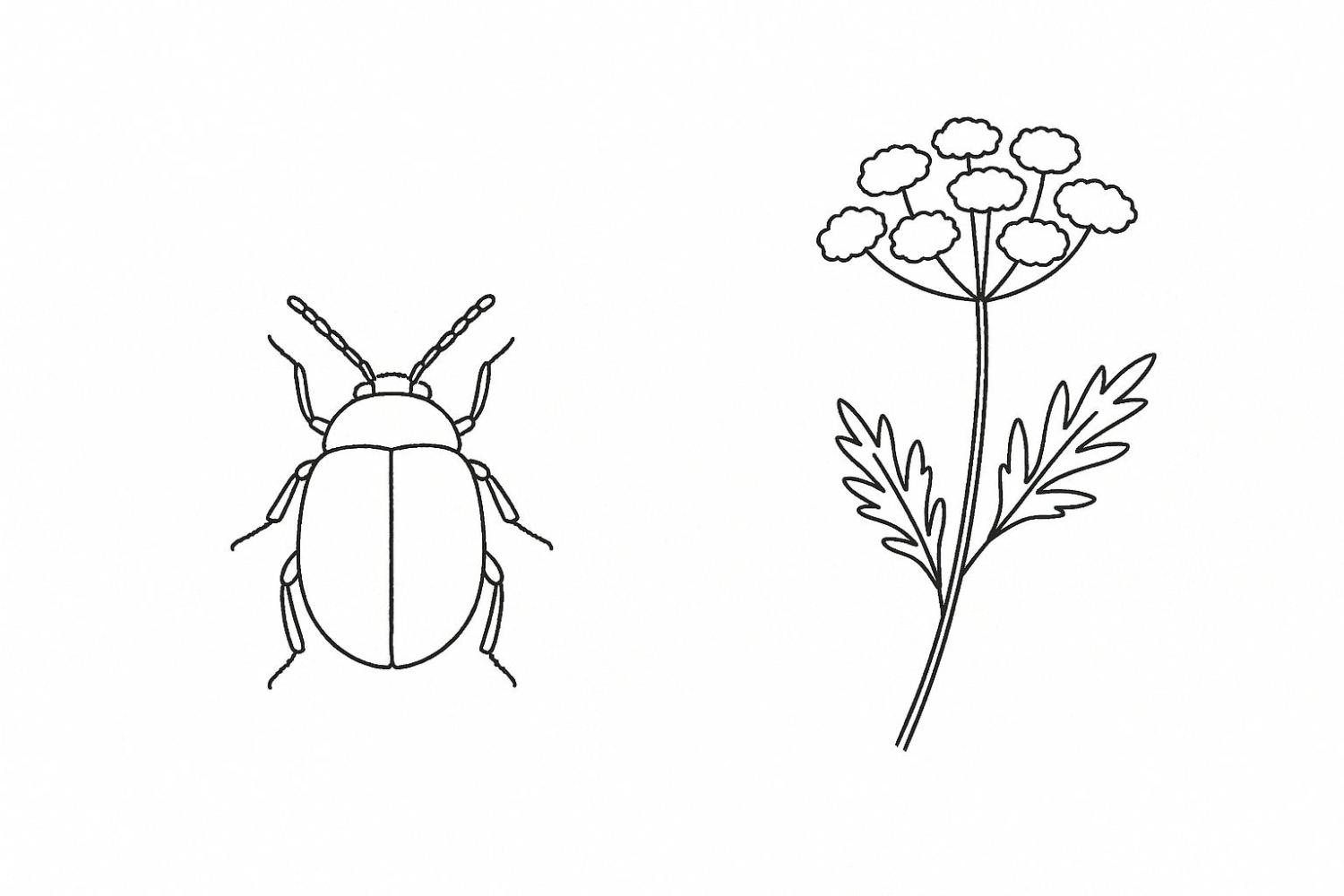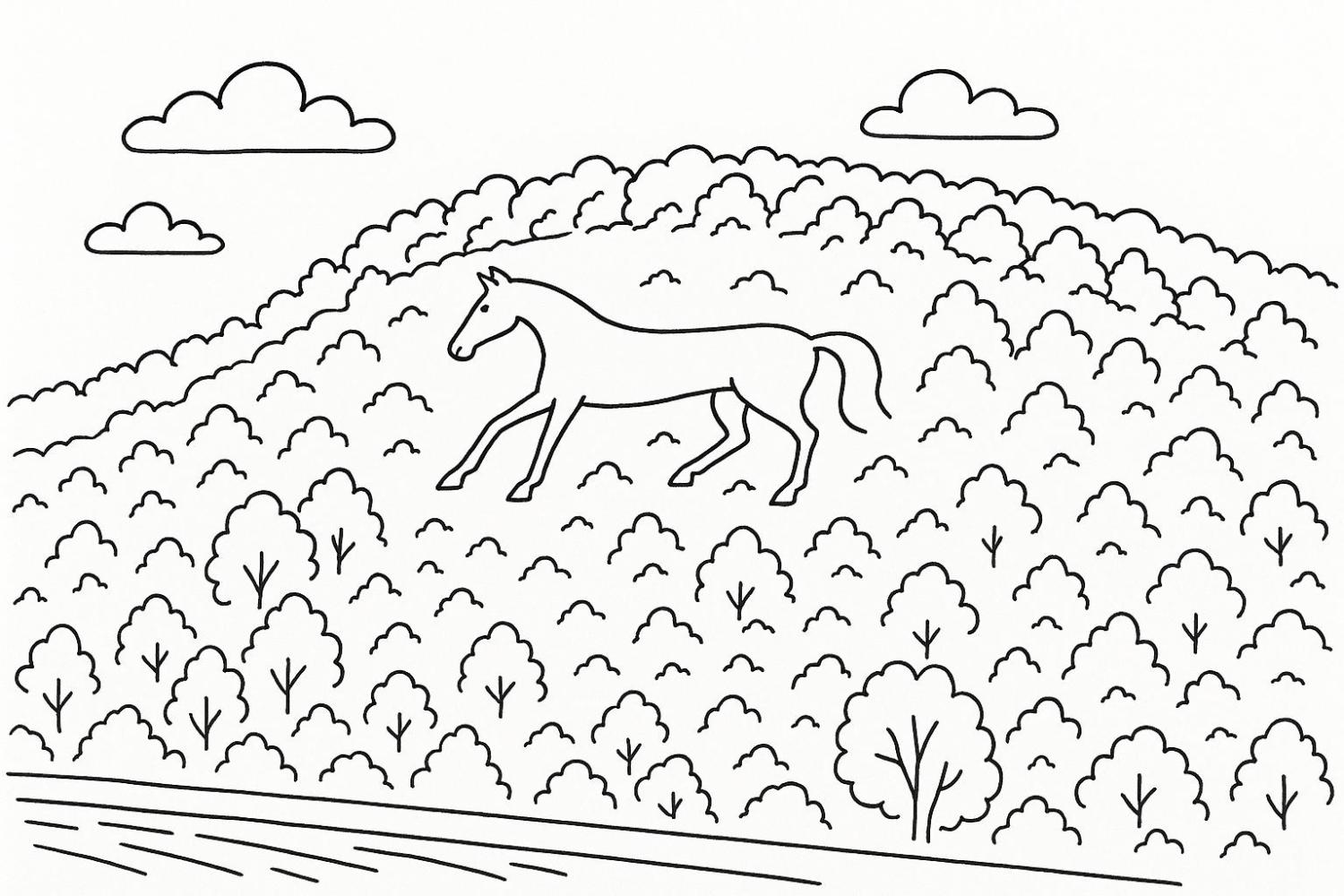The White Horse at Kilburn
I feel for the horse cut into the hill;
he can’t shake his head or twitch his tail.
When somebody steps on that one huge eye,
he can’t blink them off like a bothersome fly.
He never will kick up his heels and run;
just lies there all day come rain come sun,
his coat growing yellower, mangy with moss,
the creamy-white mane he never could toss
eroded by weather, by footsteps, by time.
Once thirty-three men lugged six tons of lime
and passed up buckets from hand to hand
creating the biggest horse in the land.
By day you will see him from Leeds or York
that long, white neck, those hooves of chalk;
at night, though, I think of him all alone,
galloping, galloping under the moon.
Originally published in the children’s collection, ‘Blast Off!’

Tansy Beetles
Between St Peter’s boathouse
and the roar of Clifton Bridge,
a riverbank where tansy grows,
its yellow flowers swaying
on tall, feathery stems.
Here there should be beetles,
gleaming like emeralds.
The Victorians used their wings
for sequins. Holiday treasure
if you know where to look.
If the river floods too soon
the flowers are washed away
and the beetles with them.
The floods come earlier every year
and soon the beetles won’t be here
for kids like me who come
seeking among the tall stalks
the beetle known as The Jewel of York.
Carole Bromley
Chrysolina graminis, the Tansy Beetle, is a jewel-like leaf beetle that is now incredibly scarce and found only in wetland habitats. Reduction in suitable habitat and food plants, including the tansy plant, have resulted in its distribution being now limited to the River Ouse in York and a recently rediscovered small colony in the East Anglian Fens where it lives on riverwort and water mint. Climate change has resulted in early flooding of the riverbank in York and this threatens the existence of the rare and beautiful tansy beetle.











Add a comment